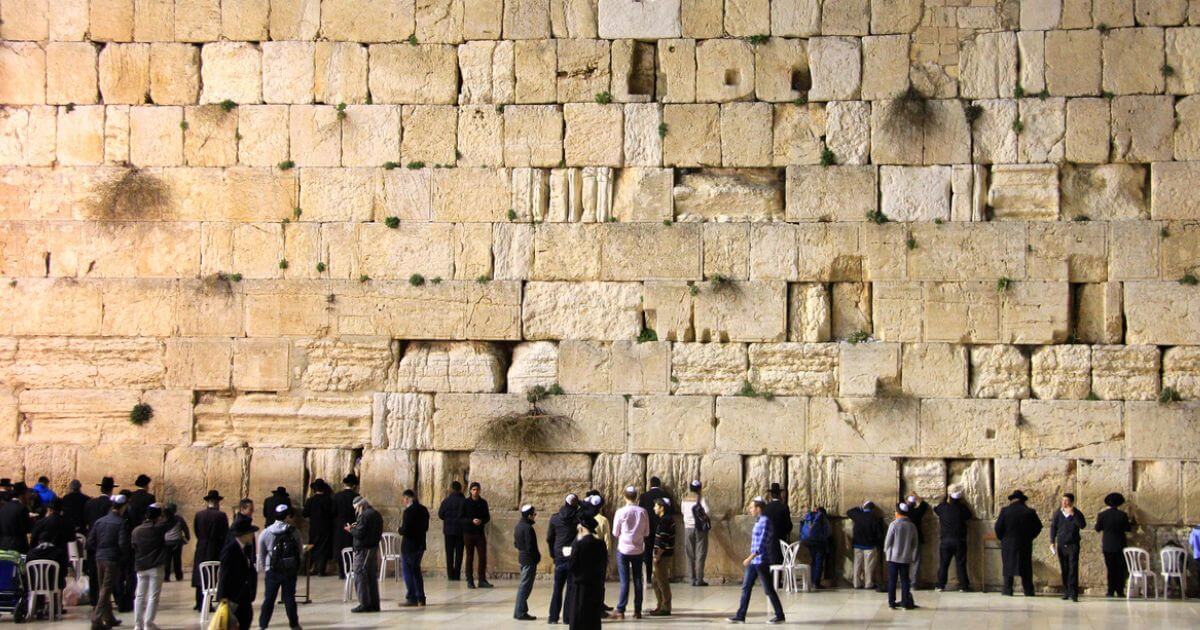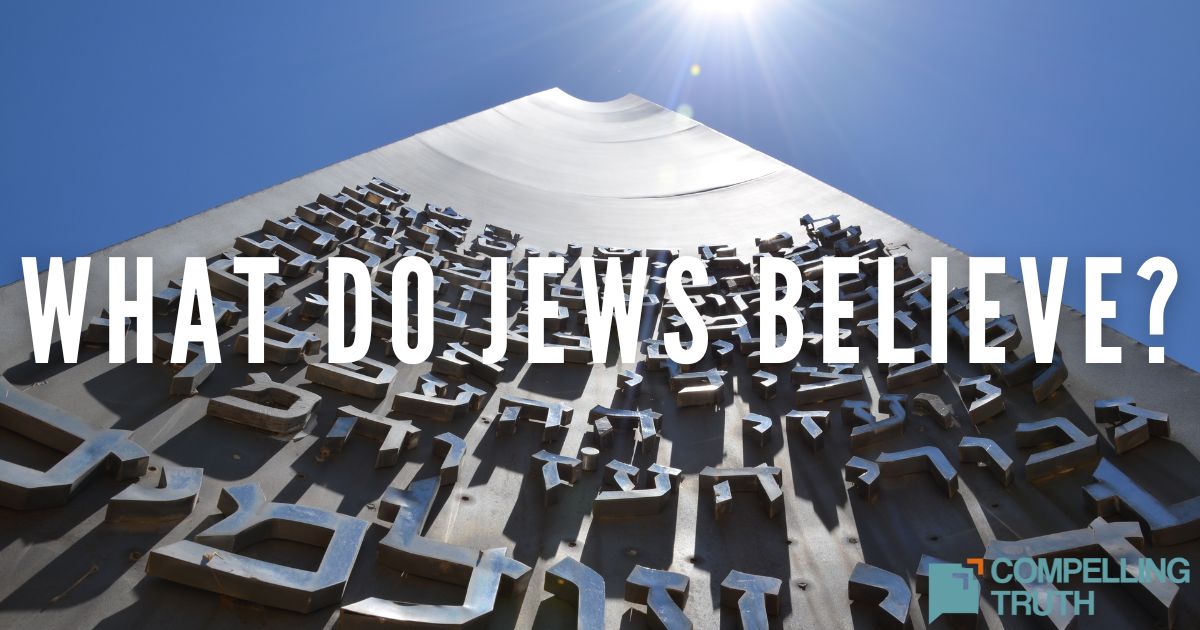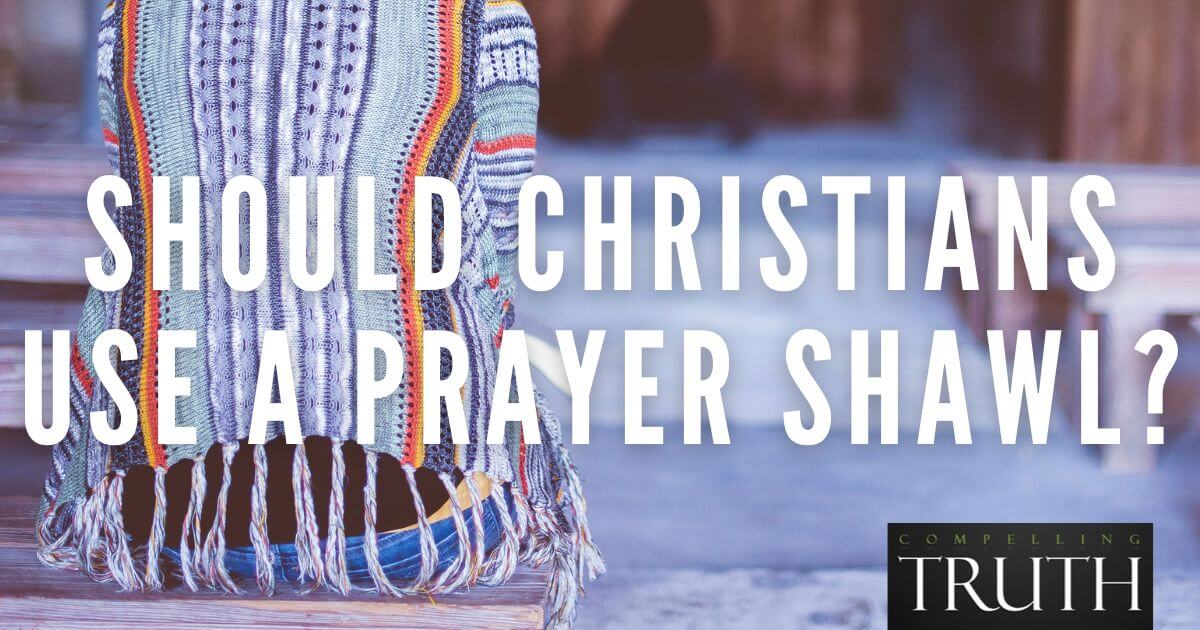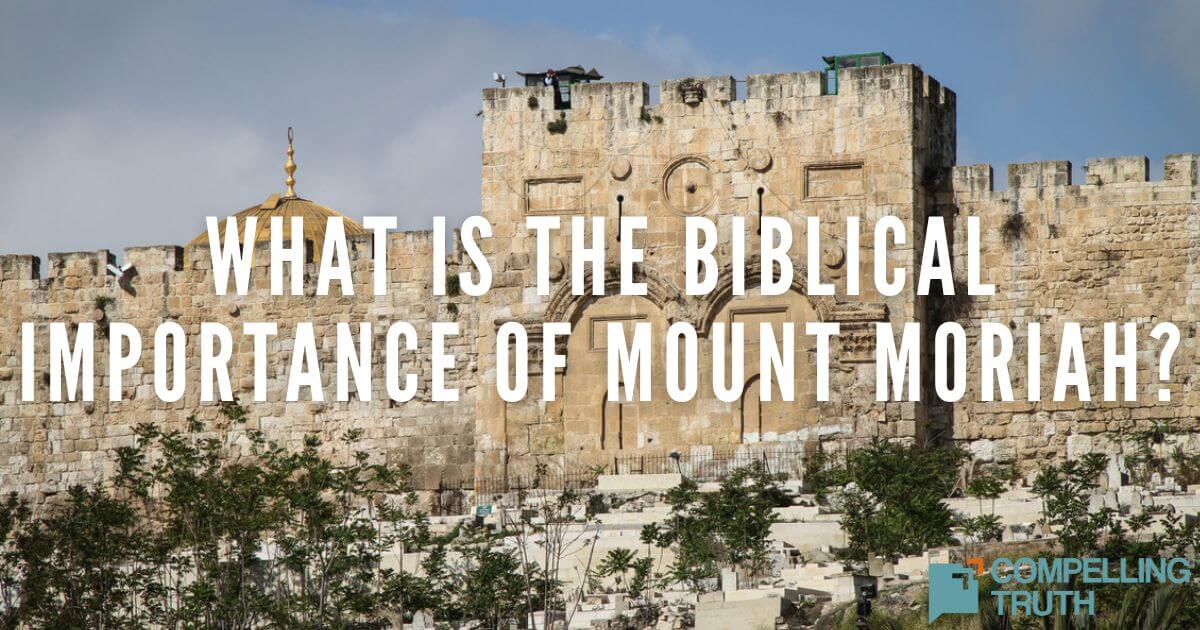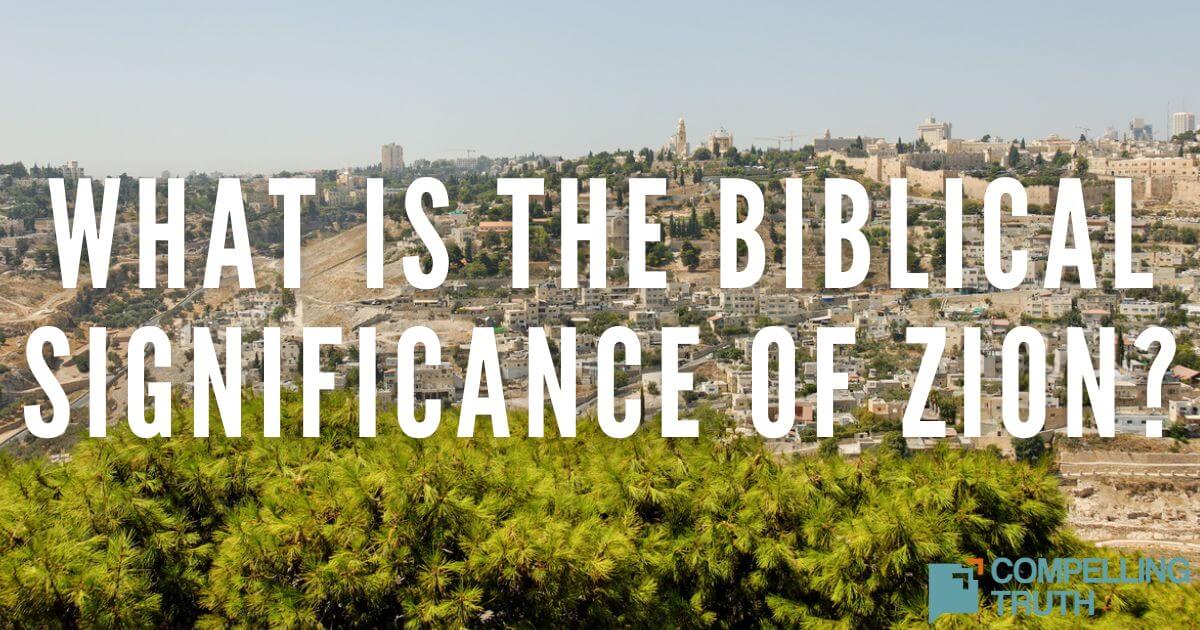what does the bible say?
The Western Wall is a two-thousand-year-old retaining wall built on the western side of the temple mount in Jerusalem, dating from the time of Herod the Great. Herod expanded the second temple that Zerubbabel supervised the rebuilding of, as indicated in chapters three and five of Ezra. The Jews consider the Western Wall a holy place because of its proximity to where the Holy of Holies was situated in the temple (Exodus 26:31-34; Leviticus 16:2, 15-17). Christians appreciate its historical value but do not see it as a holy place since believers have access to God through faith in Christ (John 14:6; Ephesians 2:18) and are indwelt with the Holy Spirit at the moment of salvation (John 14:16-17; 1 Corinthians 3:16).
The Western Wall is important to Jews because it is the closest geographically they can get to the former site of the temple without being under Islamic jurisdiction. Scripture indicates that this will not always be the case. Daniel 9:27, Matthew 24:15, and Revelation 13:14 say that at the midpoint of the tribulation the Antichrist will place an image in the Jewish temple for people to worship. This prophecy implies that, at some point prior, the Jewish temple will be rebuilt. Isaiah 2:2-4 and Ezekiel 40:1—46:24 describe the restoration and the use of the temple during the millennial kingdom. For Christians today, the Western Wall is a fascinating piece of history but not essential to Christian faith.
